
The Panasonic S9 is an innovative full-frame mirrorless camera designed for content creators and novice photographers. With its compact size, innovative LUT system, and excellent video performance, this camera presents a new approach suitable for the social media era. In this review, we’ll examine the S9’s key features, pros and cons, and compare it with competing products to determine if it’s the right fit for your creative endeavors.
📊 Panasonic S9 Detailed Specifications
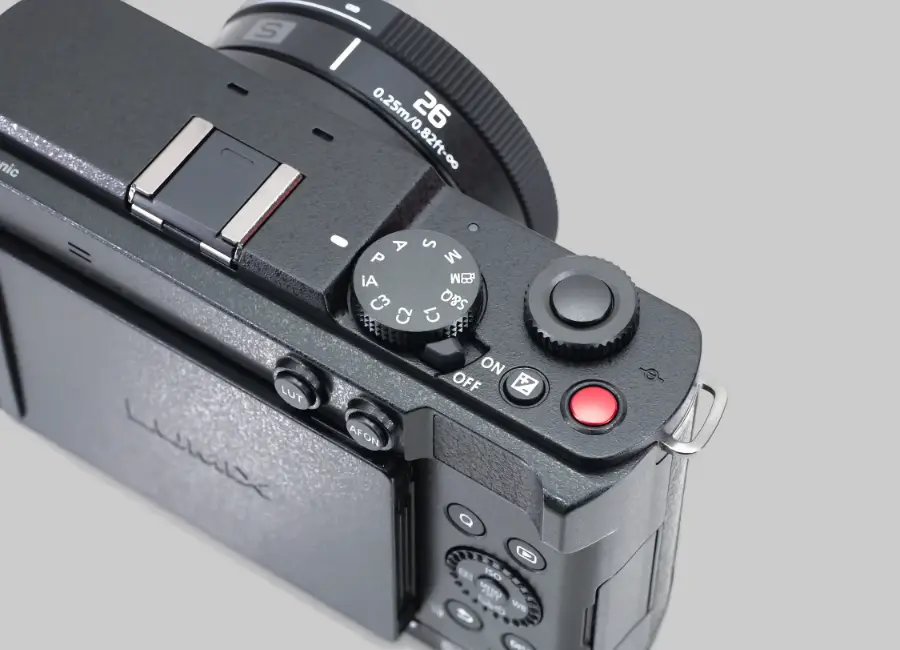
| Feature | Specification |
|---|---|
| Sensor Type | 35mm Full-frame CMOS |
| Effective Pixels | Approx. 24.2 megapixels |
| Image Processing Engine | Venus Engine |
| ISO Sensitivity | Auto: 100-51200, Extended: 50-204800 |
| Shutter | Electronic shutter (no mechanical shutter) |
| Shutter Speed | 1/8000 sec - 60 sec |
| Continuous Shooting | Up to 30fps (electronic shutter) |
| Video Resolution | 6K (5952x3968) 30p/25p/24p |
| 4K (3840x2160) 60p/50p/30p/25p/24p | |
| FHD (1920x1080) 300fps | |
| Video Format | MP4 / MOV (HEVC/H.264) |
| Audio | Built-in stereo microphone, external microphone input supported |
| Viewfinder | None |
| LCD | 3.0-inch 1.8M-dot vari-angle touch LCD |
| Focus System | Contrast AF |
| Focus Points | 225 areas |
| Image Stabilization | 5-axis In-Body Image Stabilization (IBIS) |
| Storage Media | SD/SDHC/SDXC card (UHS-II supported) |
| Wireless Connection | Wi-Fi 5GHz/2.4GHz, Bluetooth 5.0 |
| Battery | DMW-BLK22 Lithium-ion Battery |
| Battery Life | Approx. 380 shots (when using LCD) |
| Dimensions (WxHxD) | Approx. 132.7 x 74.3 x 57.3 mm |
| Weight | Approx. 505g (including battery and memory card) |
| Dust/Splash Resistant | Supported |
| Operating Temperature | 0℃ to 40℃ |
🎨 Innovative LUT System: A New Dimension of Creativity
One of the most significant features of the Panasonic S9 is its innovative LUT (Look-Up Table) system. This system replaces traditional photo styles or picture profiles, offering users more creative freedom.
Lumix Lab App: The Center of LUT Creation
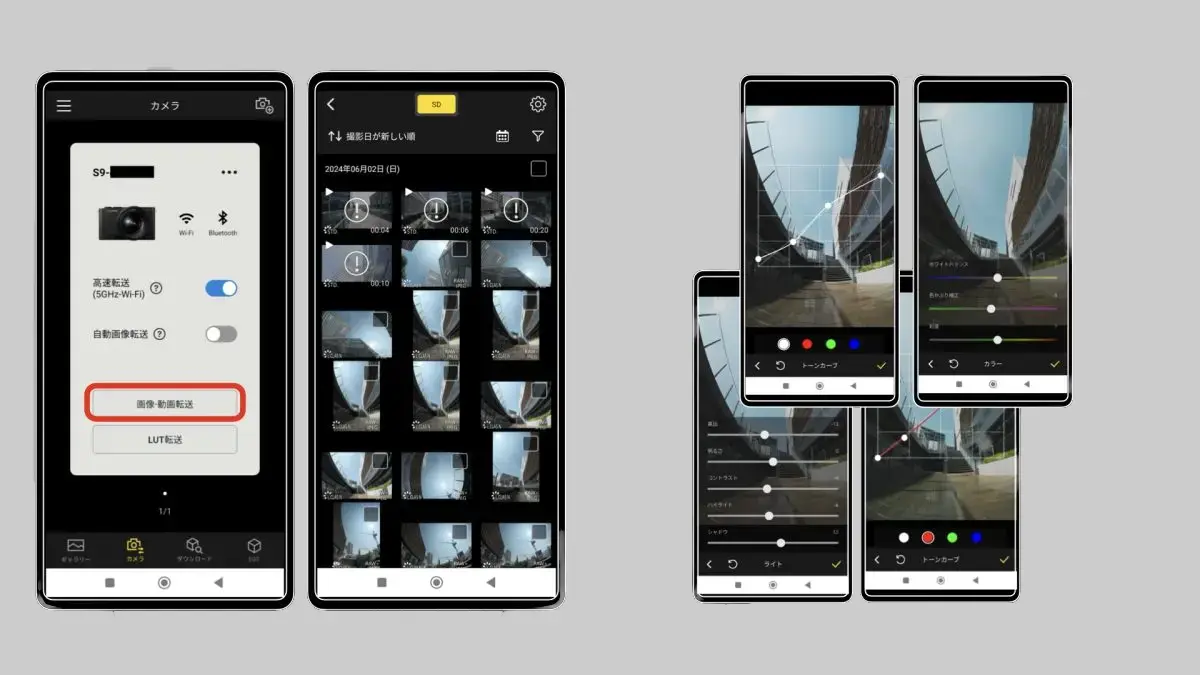
- Custom LUT Creation: Create and modify your own LUTs through the Lumix Lab app.
- Community Sharing: Download LUTs from other users or share your own.
- Free LUTs Provided: Various free LUTs available in the app for immediate use.
Real-time LUT Application

- L Button: Apply LUTs in real-time via the L button on the camera’s rear.
- Automatic Settings: Appropriate photo styles and settings are automatically selected when applying a LUT.
- RAW+JPEG Shooting: Simultaneously save RAW files and JPEGs with applied LUTs.
Pros and Cons of the LUT System
Pros:
- Achieve desired looks immediately after shooting, reducing post-processing time
- Enables various creative expressions
- Encourages idea exchange through community LUT sharing
Cons:
- System may be somewhat complex for beginners
- Potential dynamic range loss when applying LUTs
- Adaptation needed for users accustomed to traditional workflows
📹 Video Performance: Powerful Performance in a Compact Body

Despite its compact size, the Panasonic S9 boasts impressive video performance. It offers professional-grade features such as 6K open gate recording and 4K 10-bit 4:2:2 recording.
Key Video Features
- 6K Open Gate: High-resolution video capture utilizing the entire sensor
- 4K 10-bit 4:2:2: Rich color information and wide editing latitude
- V-Log: Wide dynamic range, enabling professional color grading
- Hybrid Zoom: New feature combining optical and digital zoom
Video Recording Limitations
- Recording Time Limit: Due to the fanless design, there are limitations on long-duration recording (6K 10 minutes, 4K 10-bit 15 minutes)
- No Audio Monitoring: Lack of headphone jack prevents real-time audio monitoring
- XLR Adapter Incompatibility: Cold shoe design prevents use of Panasonic’s 4-channel XLR system
📸 Image Quality: The Allure of Full-Frame

The Panasonic S9 uses the same 24MP full-frame sensor as the S5 II, delivering excellent image quality.
Sensor Performance
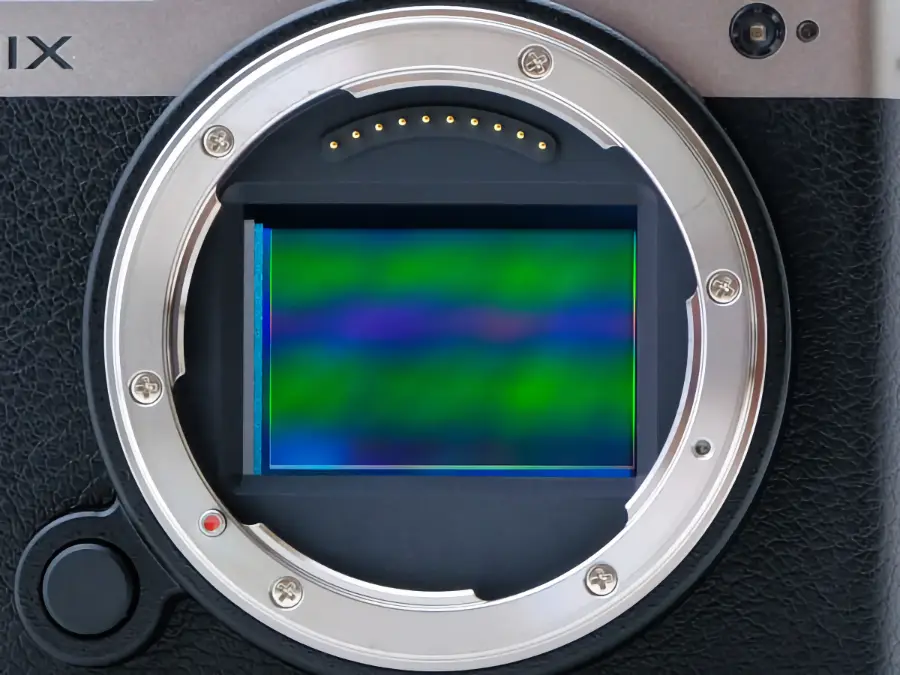
- Resolution: 24MP provides sufficient resolution for most situations
- Dynamic Range: Wide dynamic range leveraging the advantages of the full-frame sensor
- Low-Light Performance: Excellent low-light performance due to the large pixels of the full-frame sensor
RAW Shooting Limitations
- 12-bit RAW: 14-bit RAW shooting not possible due to electronic shutter
- Dynamic Range Limitation: Potential slight loss in dynamic range due to 12-bit RAW
Handheld High-Resolution Mode

- 96MP High-Resolution Shooting: Capture up to 96MP high-resolution images handheld
- IBIS Utilization: Supports stable high-resolution shooting with excellent image stabilization
🎛️ Operability: Balancing Simplicity and Limitations
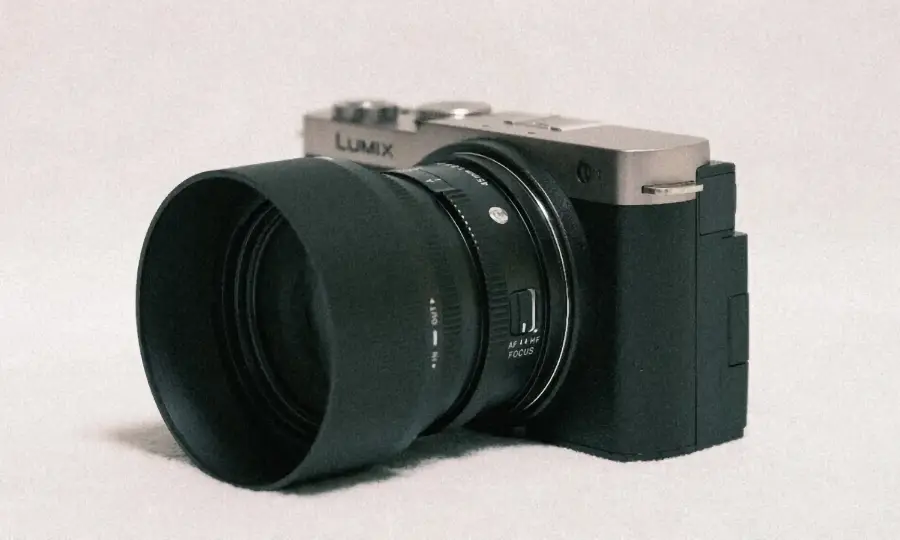
The Panasonic S9 adopts a simplified operation system for beginners and content creators. However, this results in some limitations.
Compact Design
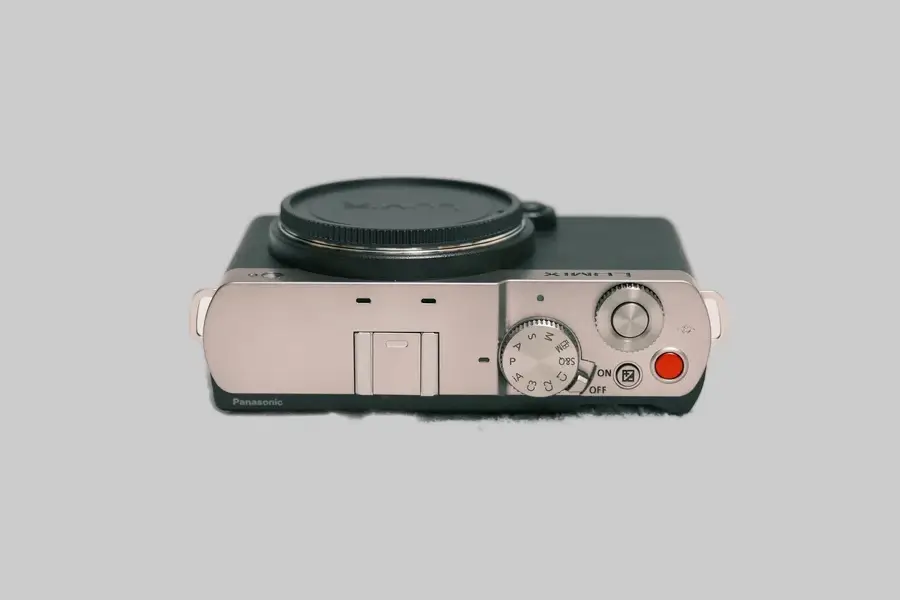
- Size: Small and light body reminiscent of the GX series
- Grip: Optional Small Rig grip available for stable handling
- Color Options: Various color choices including blue, red, dark olive, and black
Simplified Operation Scheme

- Dials: Simple operation possible with front command dial and rear thumb wheel
- AF-ON Button: Dedicated AF-ON button for back-button focus users
- L Button: Dedicated button for real-time LUT application
Limitations
- No EVF: Composition check only possible via LCD due to lack of electronic viewfinder
- No AF Joystick: Focus point movement may be somewhat inconvenient
- Single SD Card Slot: No backup or overflow recording possible
🔧 Technical Features: Coexistence of Innovation and Limitations
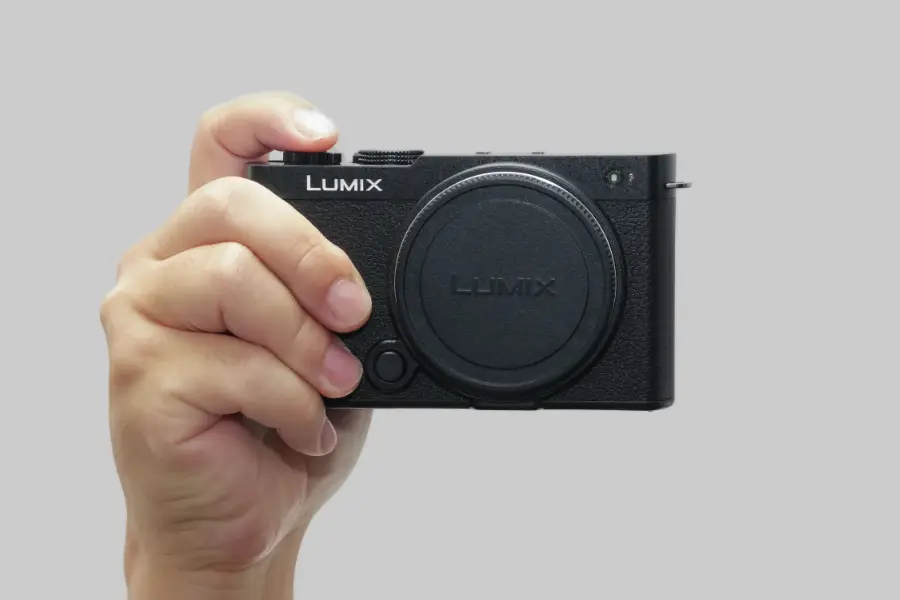
The Panasonic S9 has several unique technical features, each with its own pros and cons.
Electronic Shutter-Only Design
The Panasonic S9 adopts a unique design using only an electronic shutter without a mechanical shutter.
Pros:
- Completely Silent Shooting: Advantageous in noise-sensitive environments
- Vibration-Free Shooting: Enables sharp image capture without even micro-vibrations
- Improved Durability: Long-term durability improved due to reduced mechanical parts
Cons:
- Rolling Shutter Effect: Potential distortion when shooting fast-moving subjects
- Flicker Phenomenon: Potential banding under certain artificial lighting
- Flash Synchronization Impossible: Flash use limited due to electronic shutter
Excellent Image Stabilization (IBIS)

The S9 features the same high-performance image stabilization system as the S5 II.
- 5-axis IBIS: 5-axis shake correction in the camera body
- Stable Handheld Shooting: Sharp image capture possible even at slow shutter speeds
- Utilization in Video Recording: Enables more stable handheld video recording
Hybrid Zoom Function

The newly introduced hybrid zoom function is an innovative technology combining optical and digital zoom.
- Extended Zoom Range: Additional 50% zoom in 4K recording, up to 3x in 1080p recording
- Smooth Transition: Natural transition from optical to digital zoom
- Improved Lens Utilization: Effectively extends the angle of view of existing lenses
📱 Connectivity and Mobile Integration
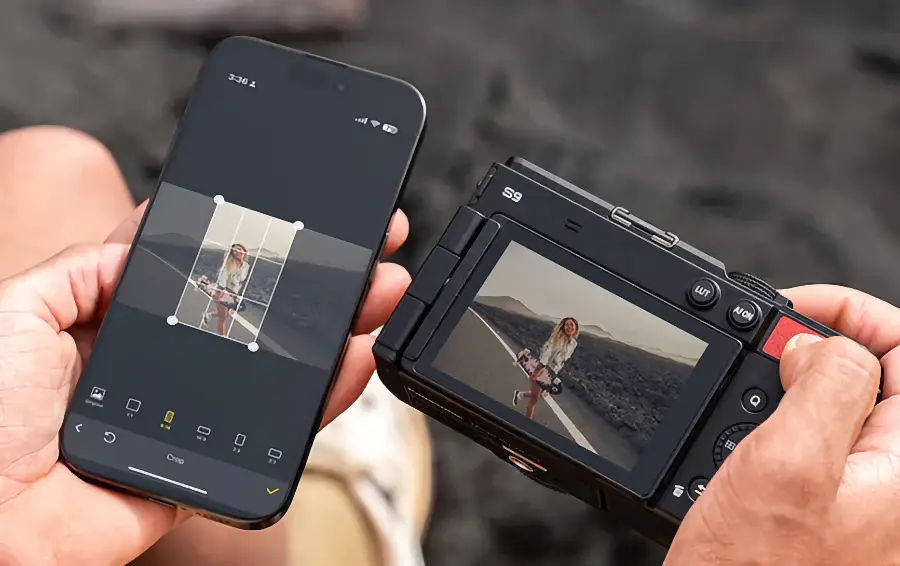
The Panasonic S9 strengthens integration with mobile devices to support immediate content sharing.
Wireless Connection
- Wi-Fi and Bluetooth: Supports quick connection with smartphones
- Lumix Sync App: Enables remote control and image transfer
- Automatic Image Transfer: Option to automatically transfer images to smartphone immediately after shooting
Wired Connection
- USB-C Port: Supports high-speed data transfer and charging
- Micro HDMI: External monitor connection possible (with limitations during recording)
Mobile-Friendly Features
- Vertical Video Support: Optimized for vertical video shooting for social media
- Low-Volume Proxy Files: Creates low-volume video files for quick mobile transfer
- Smartphone Editing Compatibility: Immediate mobile editing possible with LUT-applied files
🔄 Comparison with Competing Products
To understand the positioning of the Panasonic S9, let’s compare it with similar products in the same price range.
1. Sony ZV-1 Mark II

- Pros:
- Compact size and light weight
- Excellent autofocus performance
- Features optimized for vlogging (e.g., Product Showcase mode)
- Cons:
- Limited image quality compared to S9’s full-frame sensor due to 1-inch sensor
- Non-interchangeable lens
- Relatively short battery life
2. Fujifilm X-S20
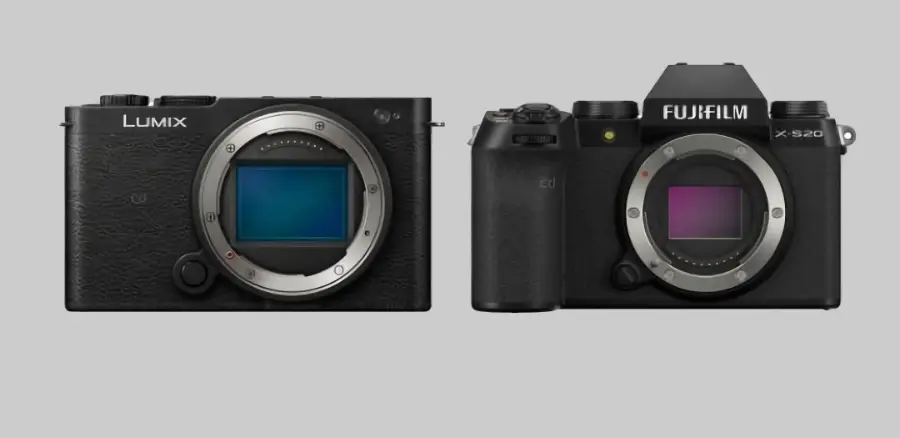
- Pros:
- Built-in EVF
- Fujifilm’s famous film simulation modes
- Excellent video features (6K/30p, 4K/60p)
- Cons:
- Limited image quality compared to full-frame due to APS-C sensor
- Larger and heavier body compared to S9
- Relatively short battery life
3. Panasonic S5 II

- Pros:
- Built-in EVF and dual card slots
- More physical controls suitable for advanced users
- Improved phase-detection AF system
- Cons:
- Larger and heavier body than S9
- Slightly higher price
- Does not support S9’s new LUT system (as of current)
4. Canon EOS RP
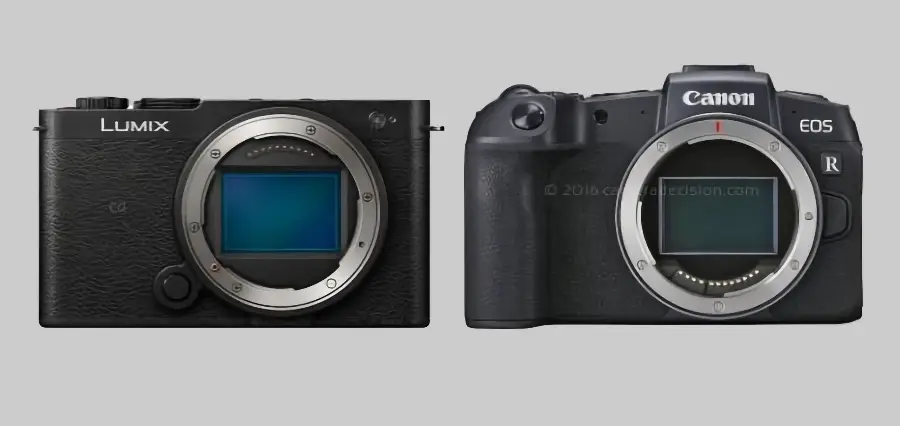
- Pros:
- Full-frame mirrorless camera at a reasonable price
- Excellent Dual Pixel AF system
- Wide range of RF lens lineup
- Cons:
- Limited dynamic range due to older sensor
- Crop in 4K video recording
- Larger and heavier body than S9
5. Nikon Z50
- Pros:
- Compact APS-C mirrorless camera
- Excellent image quality and color reproduction
- Intuitive user interface
- Cons:
- Limited image quality compared to full-frame due to APS-C sensor
- Limited native DX lens lineup
- Lack of IBIS
6. OM System OM-5 (formerly Olympus)
- Pros:
- Excellent dust and moisture resistance
- Powerful IBIS system
- Compact size and light weight
- Cons:
- Limited low-light performance due to Micro Four Thirds sensor
- Lower resolution compared to S9 (about 20MP)
- Relatively short battery life
7. Sigma fp L
- Pros:
- Ultra-compact full-frame body
- High resolution (about 61MP)
- Unique modular design
- Cons:
- No built-in EVF (optional EVF available)
- Autofocus performance inferior to competitors
- Limited native lens lineup
💡 User Experience and Actual Shooting
Based on two days of actual use, let’s examine the pros and cons of the Panasonic S9.
Portability and Design
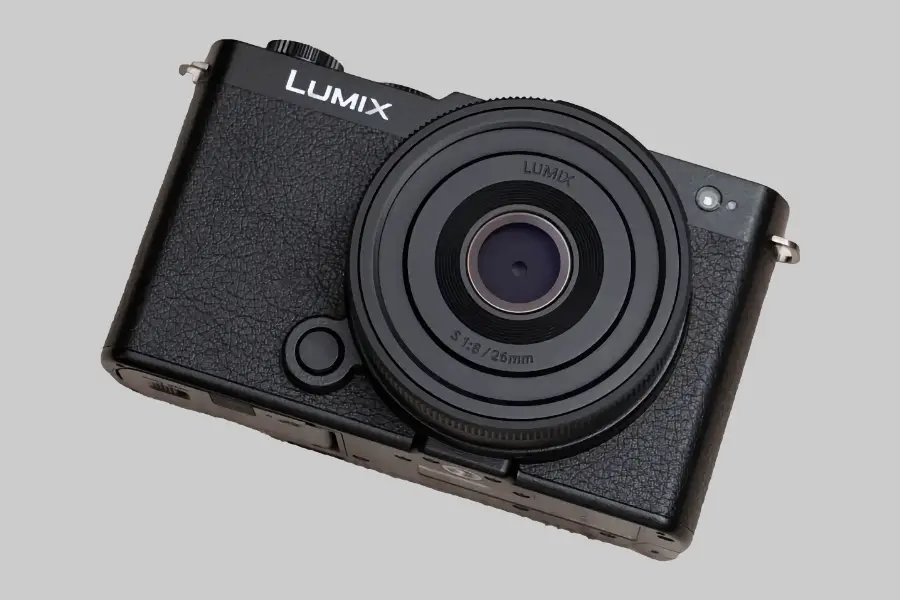
- Extreme Portability: Surprisingly small and light despite being a full-frame camera
- Grip Feel: Provides stable grip when using optional grip
- Color Options: Ability to express individuality with various color options
Image and Video Quality

- Excellent Image Quality: Full-frame sensor advantages are well demonstrated
- Outstanding Low-light Performance: Excellent noise control even at high sensitivities
- Stable Video: Impressive video capture possible with IBIS and hybrid zoom
Experience with the LUT System
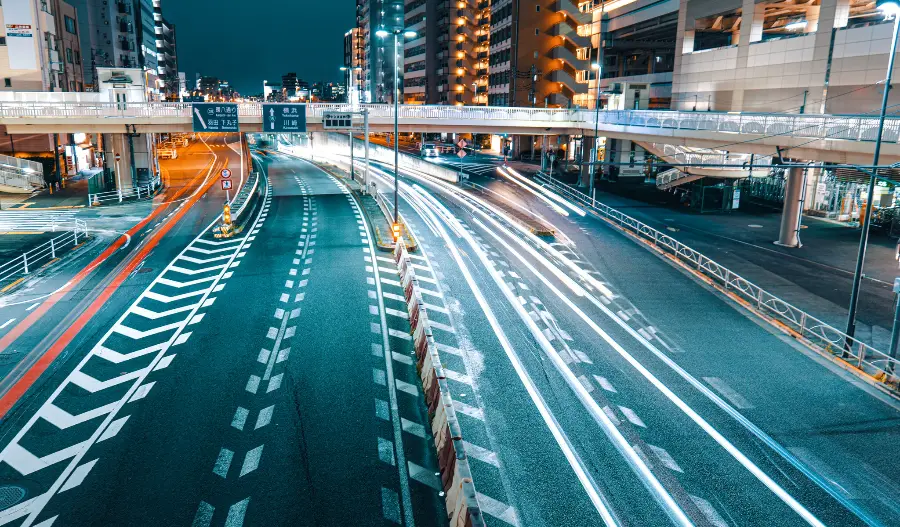
- Creative Possibilities: Instant realization of desired looks on-site with various LUTs
- Learning Curve: May feel somewhat complex initially, but becomes a powerful tool once familiar
- Community Utilization: Ability to gain new ideas by downloading LUTs from other users
Operability
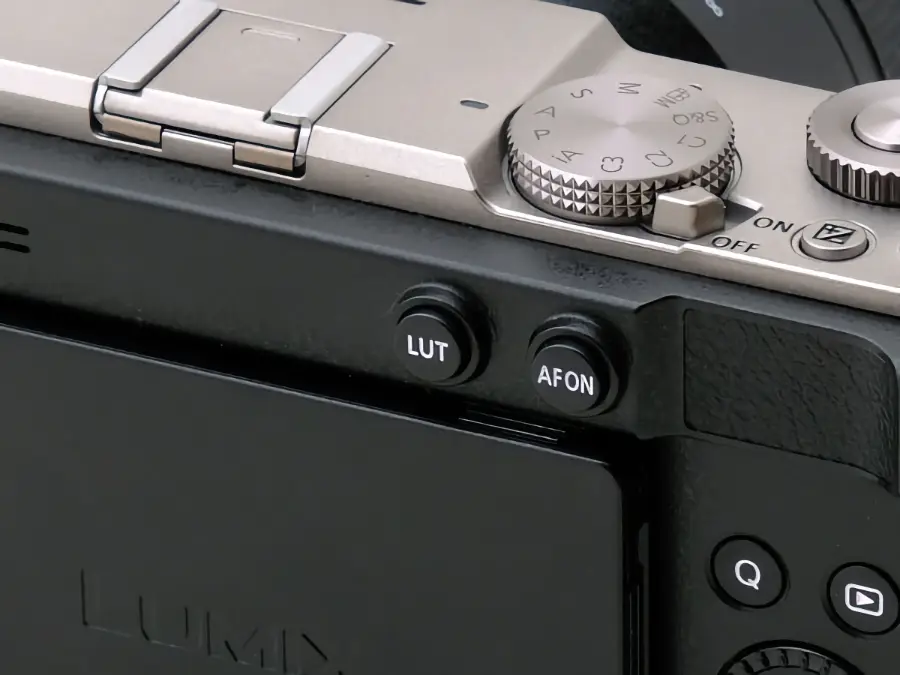
- Simple Interface: Intuitive menu structure easy to use even for beginners
- Limited Controls: Physical controls may be somewhat insufficient for advanced users
- Lack of EVF: LCD use may be somewhat inconvenient in bright outdoor conditions
🎯 Suitable User Profile
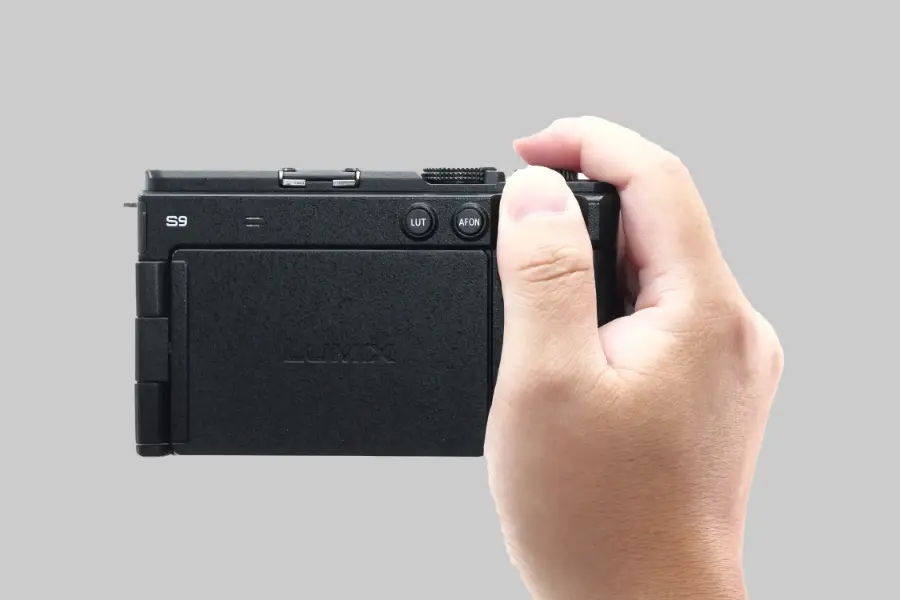
The Panasonic S9 will be particularly attractive to certain user groups:
Social Media Content Creators
- Features optimized for instant content creation and sharing
- Ability to create unique video styles with various LUTs
Travel Photographers/Vloggers
- Ultra-light body maximizes portability
- Simultaneously provides full-frame quality and excellent video performance
Full-frame Beginners
- Full-frame camera at a reasonable price
- Easy to use with simplified interface
Professionals Using as a Secondary Camera
- Can be used as a backup to the main camera
- Obtain differentiated shots with unique LUT system
🏁 Conclusion: An Innovative but Compromised Camera

The Panasonic S9 is certainly an interesting product. It incorporates a full-frame sensor into an ultra-compact body and introduces an innovative LUT system, greatly expanding creative possibilities. It can be an attractive choice especially for social media content creators or users who enjoy travel photography.
However, limitations such as the lack of EVF, limited physical controls, and inability for audio monitoring can be significant drawbacks for some users. Also, the electronic shutter-only design may be a constraint in certain shooting environments.
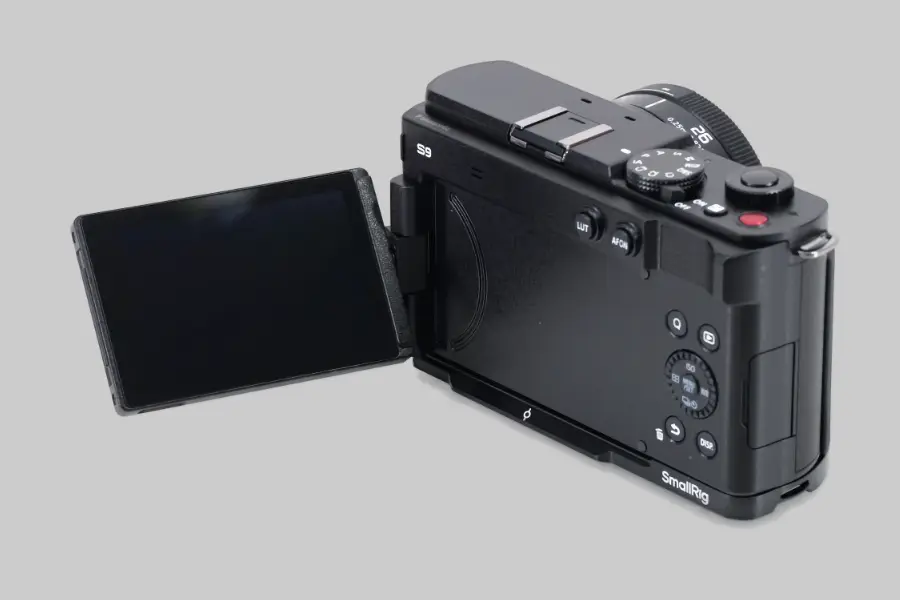
Ultimately, the decision to purchase the Panasonic S9 depends on personal usage and priorities. While it can be a good choice for users wanting an ultra-compact full-frame body with innovative features, models like the S5 II might be more suitable for users desiring a more traditional camera experience.
The Panasonic S9 suggests one direction for future cameras. It will be interesting to see how this innovative approach is received in the market and what impact it will have on future camera development.
Learn more about the S9 on the official Panasonic website






